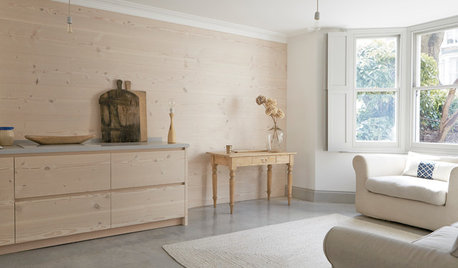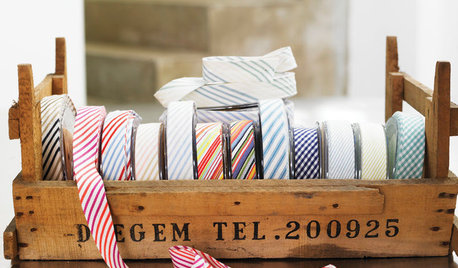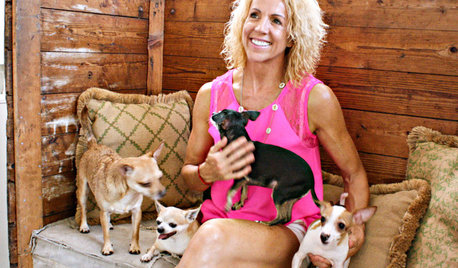Keeping the HOSPS away
knottyceltic
17 years ago
Related Stories

PETSGarden Alert: 22 Plants to Keep Away From Pets
Avoid potential danger by keeping dogs and cats away from these landscaping and houseplant favorites
Full Story
LIFEHow Your Landscaping Can Keep Burglars Away
Prevent home break-ins with strategic landscaping and good practices instead of menacing — and maybe less effective — measures
Full Story
HOMES AROUND THE WORLDHouzz Tour: Streamlined Family Home Keeps Its Storage Tucked Away
In this modernized London Victorian, the focus is on letting beautiful materials and soothing colors shine
Full Story
HOME TECHHigh-Tech Tips for Securing Your House While You're Away
Prevent burglaries when you're traveling by using the latest gadgets, apps and online services
Full Story
SHOP HOUZZShop Houzz: Create a Chic Stow-Away Bar
Create a discreet bar with cabinets, carts, trays and more
Full Story0

KITCHEN DESIGNModern Storage and Sunshine Scare Away the Monster in a Kansas Kitchen
New windows and all-white cabinetry lighten a kitchen that was once dominated by an oversize range hood and inefficient cabinets
Full Story
HOLIDAYS10 Things to Do Early for an Easier Holiday Season
Make a gift list and check supplies twice, then ensure that the house looks nice, and buy travel tickets if you’re leaving town
Full Story
LIFEMake Money From Your Home While You're Away
New services are making occasionally renting your home easier than ever. Here's what you need to know
Full Story
DECORATING GUIDESStep Away From the Wallpaper: Why Decorating Risks Are Overrated
Want to find your signature style? Try staying inside your comfort zone
Full Story
DECORATING GUIDESAn Expat’s Guide to Making a Home Away From Home
How do you stay balanced when each foot is in a different culture? You take a stand where you hang your hat
Full StoryMore Discussions






loris
knottycelticOriginal Author
Related Professionals
Barrington Hills Landscape Architects & Landscape Designers · Broomfield Landscape Contractors · Costa Mesa Landscape Contractors · Fair Lawn Landscape Contractors · Fort Worth Landscape Contractors · Goodlettsville Landscape Contractors · Hannibal Landscape Contractors · New Baltimore Landscape Contractors · Oakland Landscape Contractors · Overland Park Landscape Contractors · St. Louis Landscape Contractors · View Park-Windsor Hills Landscape Contractors · Waldorf Landscape Contractors · Golden Valley Landscape Contractors · Winston-Salem Driveway Installation & MaintenanceGardenKiwi
ksfarmer
knottycelticOriginal Author
terryr
susanlynne48
susanlynne48
knottycelticOriginal Author
rayinri
knottycelticOriginal Author
susanlynne48
terryr
knottycelticOriginal Author
knottycelticOriginal Author
Konrad___far_north
vonyon